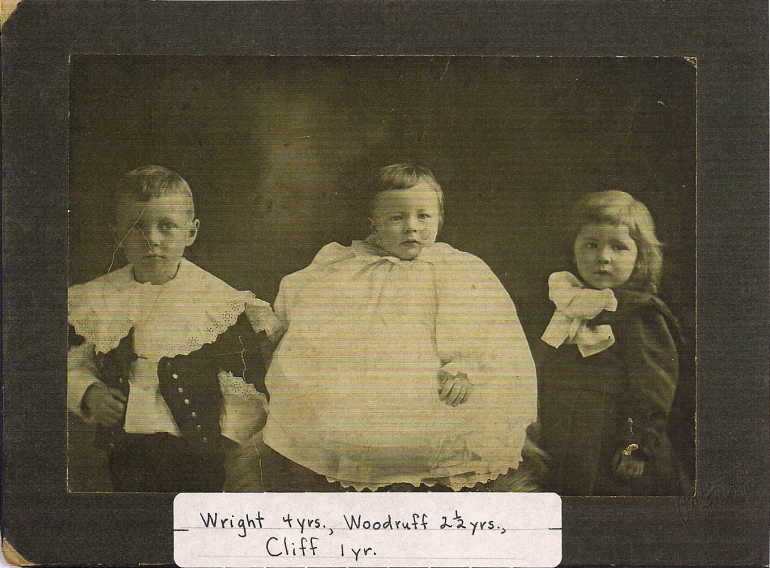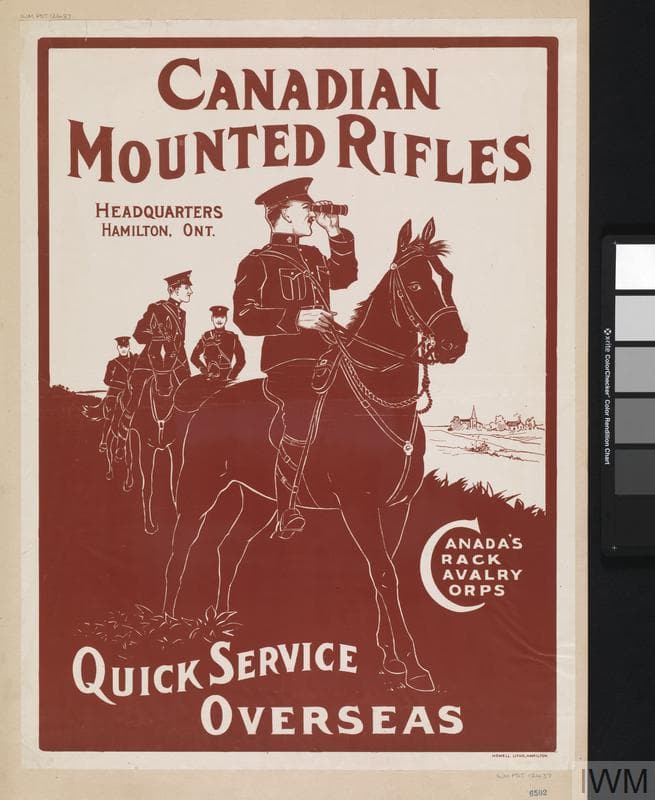This year marks the 100th anniversary of Niagara-on-the-Lake’s iconic clock tower cenotaph. Two years later, in 1926, the Township of Niagara unveiled its own memorial in Queenston. In recognition of those who fought and died in two world wars and beyond, NOTL historian Ron Dale has been researching the stories of the people – all men – whose names are engraved on the two cenotaphs. This is one in a series of stories documenting and remembering the sacrifices of those commemorated on the municipal memorial in Queenston.
While James Hatt was the first man from St. Davids to die in the First World War, almost a year later, tragedy struck again.
St. Davids grocers Edwin and Rose Wright Lowrey received a telegram informing them that their son, Edwin Wright Lowrey, had died of his wounds on May 11, 1916.
Wright Lowrey was born in St. Davids on Jan. 25, 1896, attended school there and worked in his parents’ grocery store.
When he was 16, he enlisted as a part-time militiaman in “D” Squadron of the 2nd Dragoons, a cavalry regiment based in Welland.
As a member of this regiment, he participated in occasional training, highlighted by sessions at Niagara Camp on the Commons in Niagara-on-the-Lake.
During the next three years he learned basic drill, marksmanship, horsemanship and cavalry tactics, including blood-thrilling charges with swords drawn at imaginary enemies.
This training was not of particular use in the trenches of the Western Front in France and Belgium but certainly would have stirred a young man’s dreams of glory. As the poem by Thomas Gray goes, “the paths of glory lead but to the grave.”
Lowrey was among the first of the many Canadians who enlisted for active service when war was declared, joining the 4th Canadian Mounted Rifles on Nov. 28, 1914.
His previous experience in the militia and his leadership qualities were noted and he was promoted to lance corporal on Feb. 1, 1915.
During the next several months the 4th Canadian Mounted Rifles stepped up their training in Canada until they were ready for service in the field. On July 18, 1915, they sailed from Halifax to England and the war.
In England they received more vigorous training and finally they were sent to France, arriving on Oct. 24, 1915.
However, nine days before their departure they had to hand in their spurs. The “mounted rifles” lost their mounts.
The unit was expected to man the trenches like regular infantrymen. By November, the unit was in the trenches, holding the line near Ploegsteert, Belgium, in the deadly Ypres Salient, a line of trenches thrust into the German-held area of the front lines.
For the next several months, the Canadian Mounted Rifles, like other regiments at the front, rotated between front-line trenches, support trenches and rest areas farther from the active battlefield.
The rest areas were a misnomer because the soldiers normally had to form work parties to dig new trenches and artillery positions, repair roads, carry supplies up to the front line and perform a myriad of other duties.
In the front lines they launched frequent patrols into “no man’s land” in the torn up, muddy, odoriferous area between Canadian and German lines.
Raids were made against German positions to try to capture enemy soldiers and at any time those in the front and support lines could be bombarded by high explosives, shrapnel or gas shells from enemy artillery.
During daylight hours any man lifting his head above the parapet could be struck down by a German sniper.
On May 11, 1916, the 4th Canadian Mounted Rifles men were manning the front line. In the early hours of the morning, the Germans launched a terrific artillery barrage on their positions.
Lance Corp. Lowrey was hit. One arm and both of his legs were blown off by an artillery shell.
According to the official report “his wounds were dressed and he was taken to No. 9 Canadian Field Ambulance (a medical facility just back of the front lines). He remained conscious until about 15 minutes before his death, which occurred about one and a half hours after being wounded.”
Like so many others who faced the hell of trench warfare, Lowrey did not meet his end in a glorious cavalry charge like some storybook hero. He was crouched in the bottom of a muddy, stinking trench, blown apart by a shell fired from a hidden position a few kilometres away.
Edwin Wright Lowrey left his parents and seven siblings to grieve his sacrifice. He is commemorated on the Township of Niagara War Memorial in Queenston and lies buried in Maple Copse Cemetery, east of the Belgian town of Ypres.











